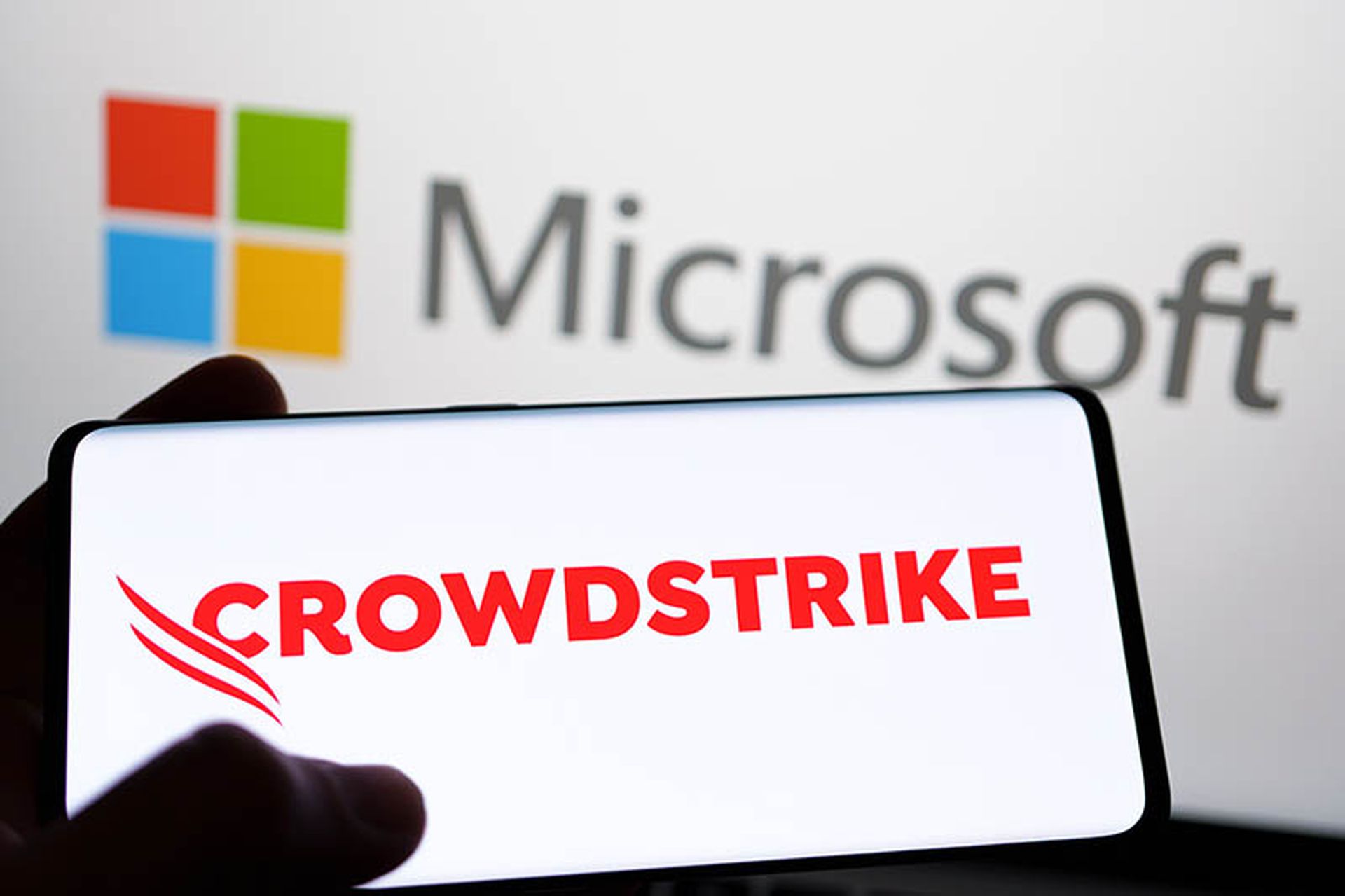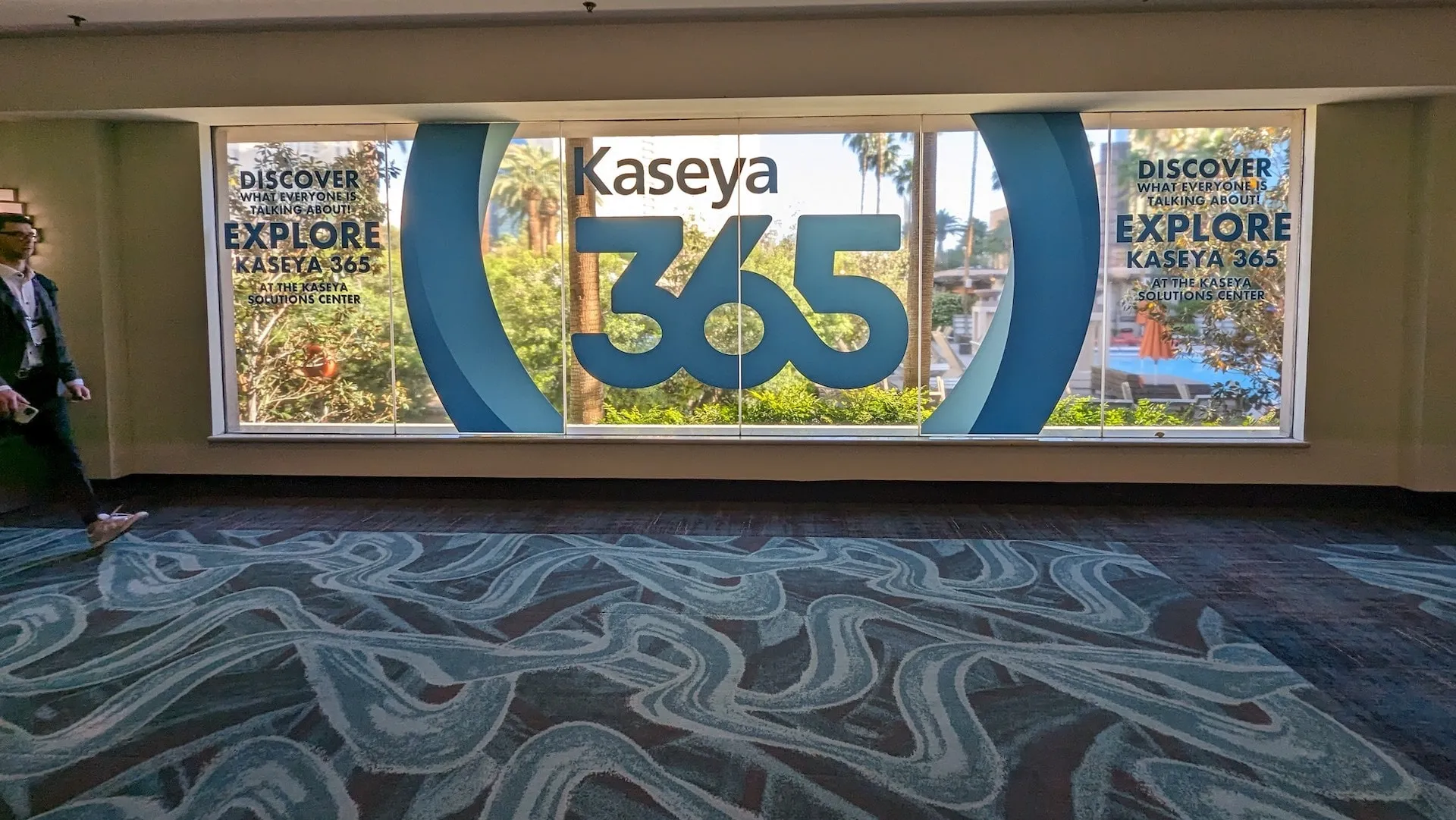One of the market trends ChannelE2E is tracking recently is automation for managed service providers. In a tight labor market with ever growing demand for managed services, automation makes a lot of sense.
PIA is a new company that aims to automate the service desk function for managed service providers. PIA is an acronym that stands for predictive intelligence agent, according to the company’s founder Christian Pacheco. PIA is the second company he’s started. The platform was incubated inside his first company, managed service provider Virtual IT Group in New South Wales, Australia.
“We want to automate as much as we can for the MSP,” Pacheco told ChannelE2E. “It’s been for too long that MSPs just have been going through so much pain in building out their business and trying to get things right and trying to improve. If we can automate a big chunk of what MSPs have to do, we can make their business a much better place to work and an organization that gives the owner a great experience.”
PIA: The Origin Story of an Automation Tool for MSPs

Here's how it started. About 8 years ago Pacheco recognized a gap in what the big MSP platform providers were offering their customers because they were not automating the service desk function. They only automated the processes around the service desk like filling out a ticket or automating invoices.
Pacheco hired a developer to create that functionality, and then he used it inside his own MSP business, integrating it with his existing platform tool, ConnectWise. The new technology enabled Pacheco to onboard new clients without needing to increase Virtual IT Group’s headcount to support the new clients because PIA did much of the work.
He then started on an acquisition spree, buying 12 MSPs in 4 years, now under the brand of Virtual IT Group (VITG). He said with each acquisition VITG was able to increase profits by 100% by implementing PIA. Today VITG has 370 employees, 1,440 MSP contracts, and manages about 40,000 endpoints.
What PIA Does
PIA serves as the service desk tool, performing repetitive, tedious tasks such as password resets, new user creation, VPN resolutions, and many others. There are about 60 automated tasks that PIA does right out of the box, Pacheco said. This has helped slash ticket resolution time for MSPs using PIA by 8x, and that leads to higher customer satisfaction.
Instead of logging into the customer environment via an RMM tool (remote monitoring and management), the engineer executes the tasks directly from the PIA console. PIA logs into the customer site and performs the work, Pacheco said. Because this is performed by an automated agent, PIA is also more secure than an engineer performing the same tasks, Pacheco said.
PIA now integrates with ConnectWise, Autotask, ServiceNow, and Kaseya BMS. Pacheco said they are looking to also integrate with Halo in the next 3 to 6 months.
“Integrations are becoming a key focus to us in terms of getting PIA across as many PSA platforms as possible,” he said. “That opens up the market to us a bit more.”
The platform itself does not require consultants to set it up. It takes a low code/no code approach. But if the MSP does have engineers to implement it, PIA offers a backend sandbox that can be accessed on request so the engineers could do custom work.
On the product roadmap, Pacheco said, PIA may build a PIA SOC and a PIA firewall product. These reflect PIA's focus on security. Pacheco said that the company is certified for GDPR, ISO 27001, and will be getting SOC 1, SOC 2, and HIPAA soon.
Where are PIA MSPs?
By the end of February 2023, PIA was working with 71 managed service provider companies around the world. About 70% of those were in the U.S., 20% in APAC (Asia and the Pacific Rim), and 10% in Europe.
Pacheco said he has seen three major use cases in the MSPs who have leveraged PIA’s automation so far:
- They want to “reshore” or bring their service desk back onshore and then focus on data sovereignty and security.
- They want their offshore teams to use PIA for even greater cost efficiency.
- They are traditional MSPs without any offshore capabilities, but they are trying to figure out what to do next to help their businesses grow efficiently.
Built for MSPs by an MSP
While there may be any number of automation tools aimed at the enterprise market, automation designed for MSP businesses is newer. MSPs have different requirements than enterprises. They need tools that aren’t difficult to set up, because they can’t pay a team of consultants to do that work. They need tools that aren’t just dumbed-down versions of the enterprise tools. Pacheco hits those notes. Like many MSP tool companies, PIA was created inside an MSP.
“PIA is built from a managed services company for a managed services company,” he said. “We know the exact pain points that MSPs are going through and the challenges they have in their day-to-day.”





